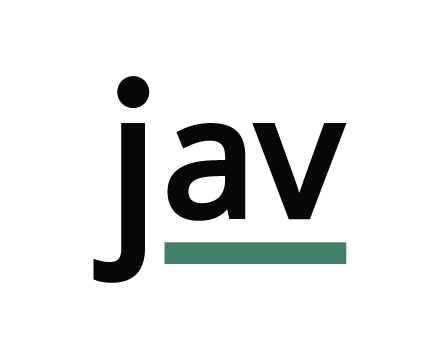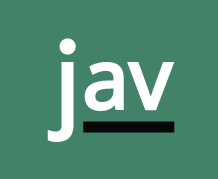Before conducting my research methods, I narrowed in my target audience to faculty and staff. I saw that there could be a great opportunity for students to learn and have their minds opened up to diversity and inclusion (or D&I) values and resources available to them through their connections with faculty/staff. However, I first wanted to see if my fellow students felt the same way or what their experiences were when interacting with faculty/staff on campus. Then what faculty/staff knew about the resources offered to them through the Office for Diversity & Inclusion. Then find out the barriers to why they weren't being taken advantage of (which was presented to me from my survey to faculty/staff). Using the IDEO Research Method cards, I conducted the following:
Method 1
Some people, I approached while walking around the union on campus, but I soon realized, people did not like to be approached or asked to stop and fill things out. They were either busy or trying to eat in peace before they had to go to their next class, or were on their way to class, or probably didn't want to get trapped into something so they just kept on walking. So most answers I received through a collective questionnaire that participants could fill out and submit online. This happened because there was a group of us who had relatively simple/basic questions that we needed to ask students. We decided to combine our efforts, taking a role in producing handouts with some basic context for what was going to be asked of them and both a QR code and link to the questionnaire with the incentive to have a chance to win a $50 Amazon gift card (supplied by one of my fellow classmates). I asked for their first name, age, major, and 'Would you say that professors/faculty on this campus have impacted or changed your views or perspectives (e.g. current events or social issues)? How, Why or Why not?'
Some people, I approached while walking around the union on campus, but I soon realized, people did not like to be approached or asked to stop and fill things out. They were either busy or trying to eat in peace before they had to go to their next class, or were on their way to class, or probably didn't want to get trapped into something so they just kept on walking. So most answers I received through a collective questionnaire that participants could fill out and submit online. This happened because there was a group of us who had relatively simple/basic questions that we needed to ask students. We decided to combine our efforts, taking a role in producing handouts with some basic context for what was going to be asked of them and both a QR code and link to the questionnaire with the incentive to have a chance to win a $50 Amazon gift card (supplied by one of my fellow classmates). I asked for their first name, age, major, and 'Would you say that professors/faculty on this campus have impacted or changed your views or perspectives (e.g. current events or social issues)? How, Why or Why not?'
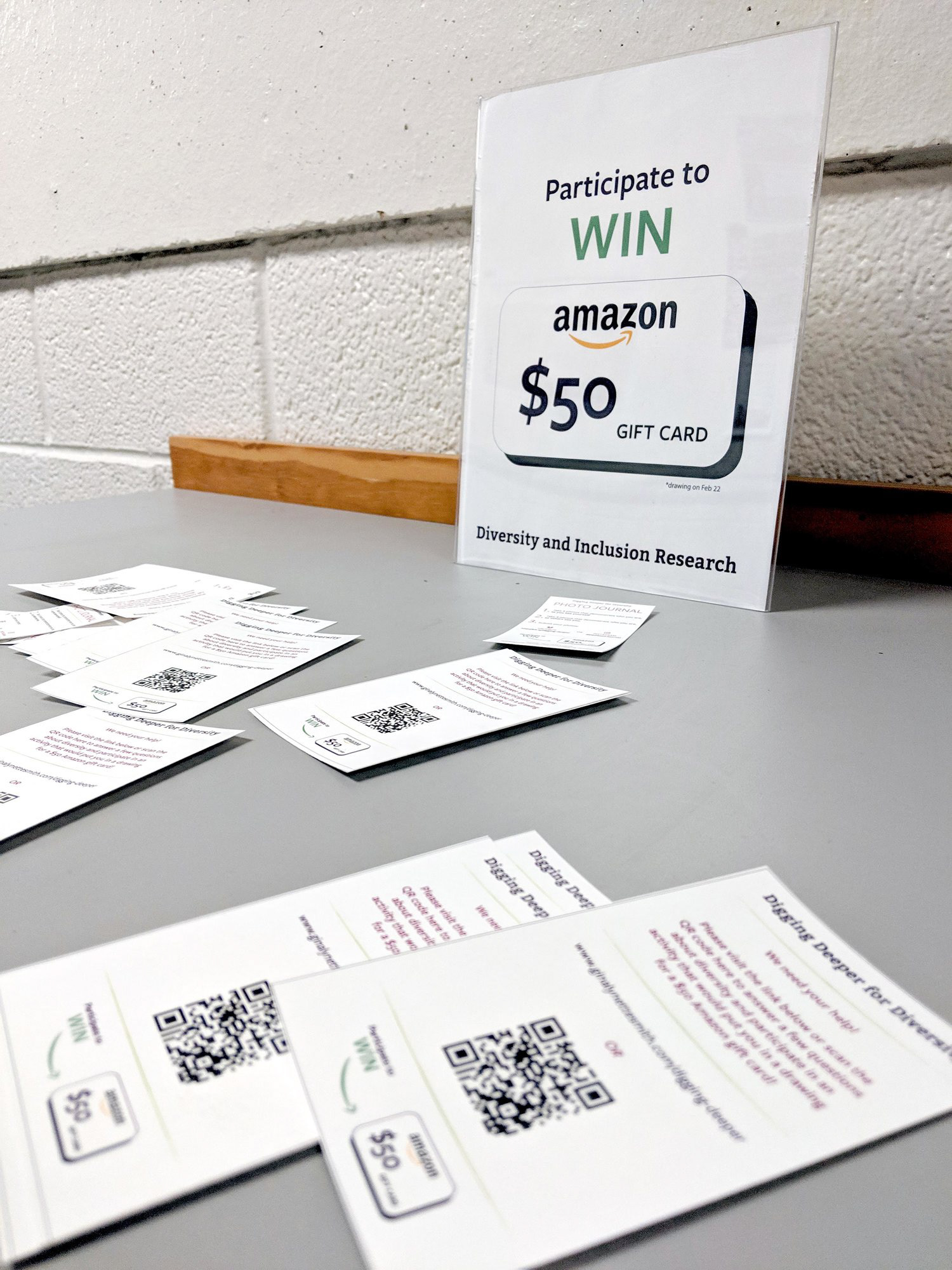
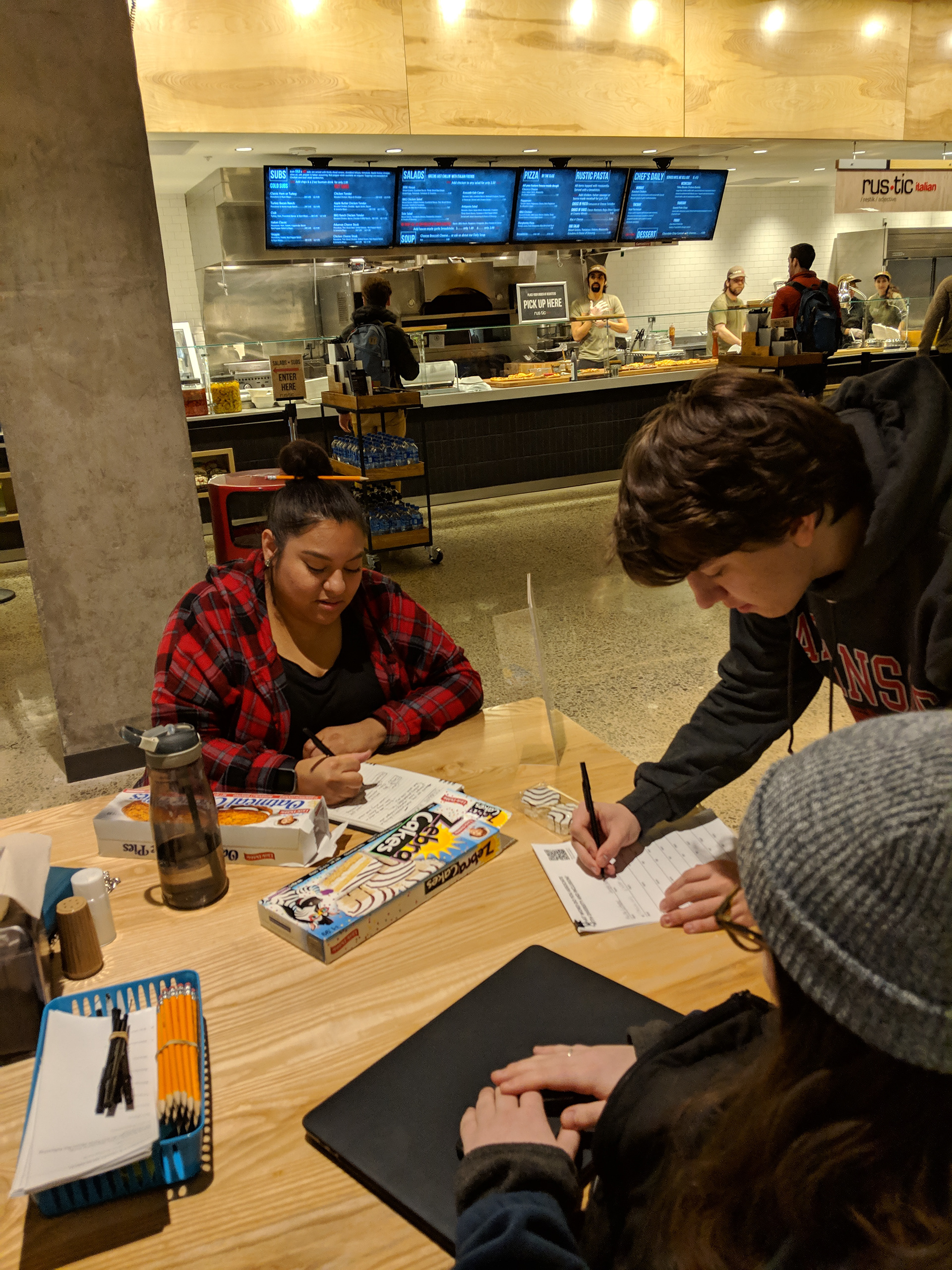
The answers I received were all across the board. Samuel, 23 years old who is majoring in computer science, said that his classes are so large he doesn't have any idea of his professor's opinions and most of them are 'research professors' so they're specifically hired to teach and not share opinions. Then Kayla, age 22 in the engineering program, said that even though her classes are smaller, she hasn't felt comfortable enough to put herself out there to get to know her professors more. She also feels that there already are other students in the class who are close to the professor, "So I don't feel like they need to get to know me. " Whether they said yes or no or any specific details of their particular circumstance it still showed me that there was an opportunity the only difference was that at times it was being taken advantage of like Meeghan, age 19 a Psychology major, who says, "The Professors/faculty have definitely impacted my views and perspectives of both college and the world around me". Or like the other experiences mentioned before, where the opportunity for faculty/staff to have a positive impact on the students wasn't being utilized to its fullest potential.
Method 2
Here I created a survey through Google Forms, first asking information about them, what their position was, and how long have they been at this particular university. I then lead with questions that would determine how they received information about D&I if they have ever. How they felt about D&I, was it important to them or something they felt comfortable discussing? Then I think the most vital information I received was how interested they were in the resources offered to them by the Office for D&I. I was able to get answers from 27 participants ranging from professors, advisors, assistant professors, the Director of Communications, an undergraduate recruiter for Walton, and even a visiting Senior Instructor.
Here I created a survey through Google Forms, first asking information about them, what their position was, and how long have they been at this particular university. I then lead with questions that would determine how they received information about D&I if they have ever. How they felt about D&I, was it important to them or something they felt comfortable discussing? Then I think the most vital information I received was how interested they were in the resources offered to them by the Office for D&I. I was able to get answers from 27 participants ranging from professors, advisors, assistant professors, the Director of Communications, an undergraduate recruiter for Walton, and even a visiting Senior Instructor.
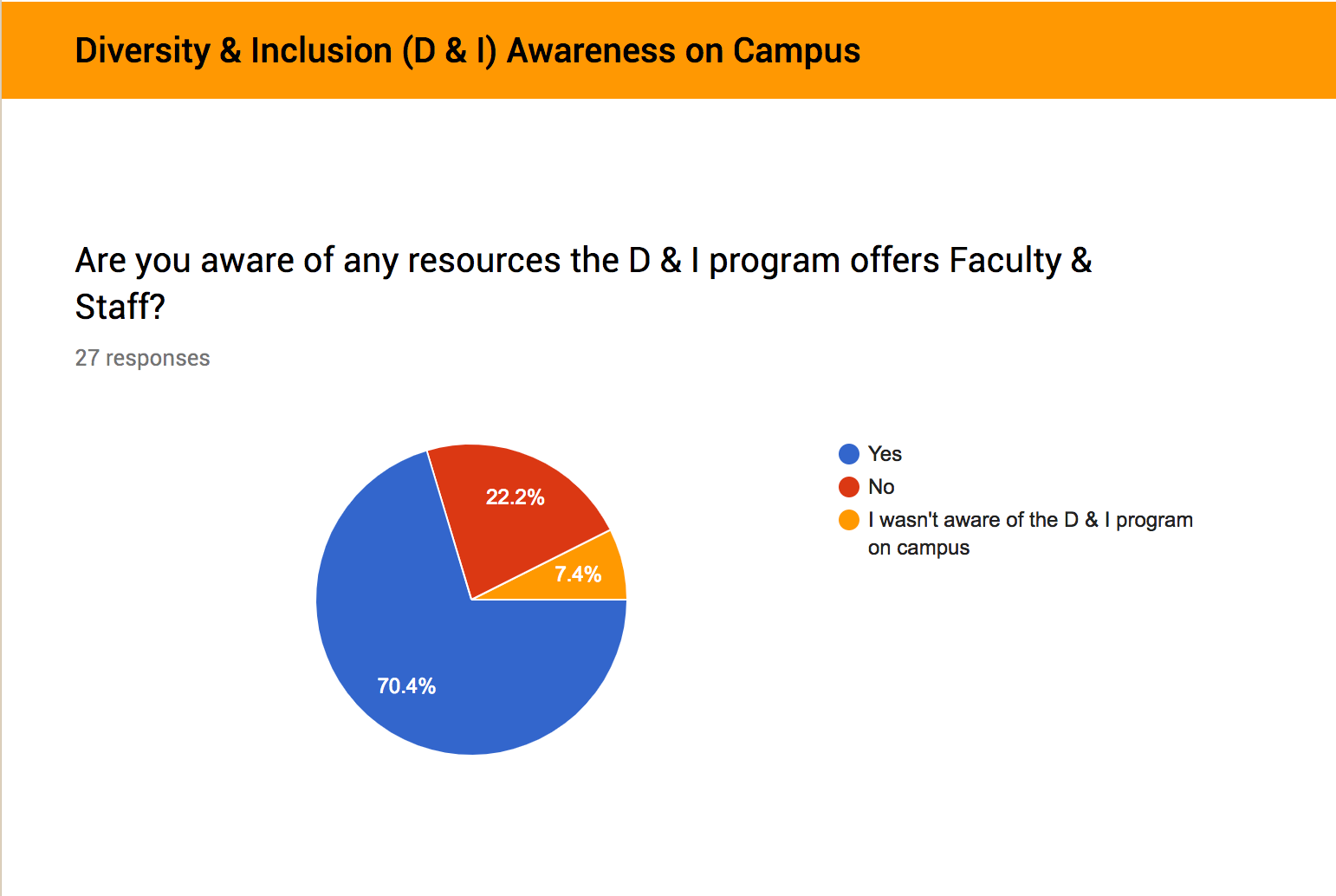


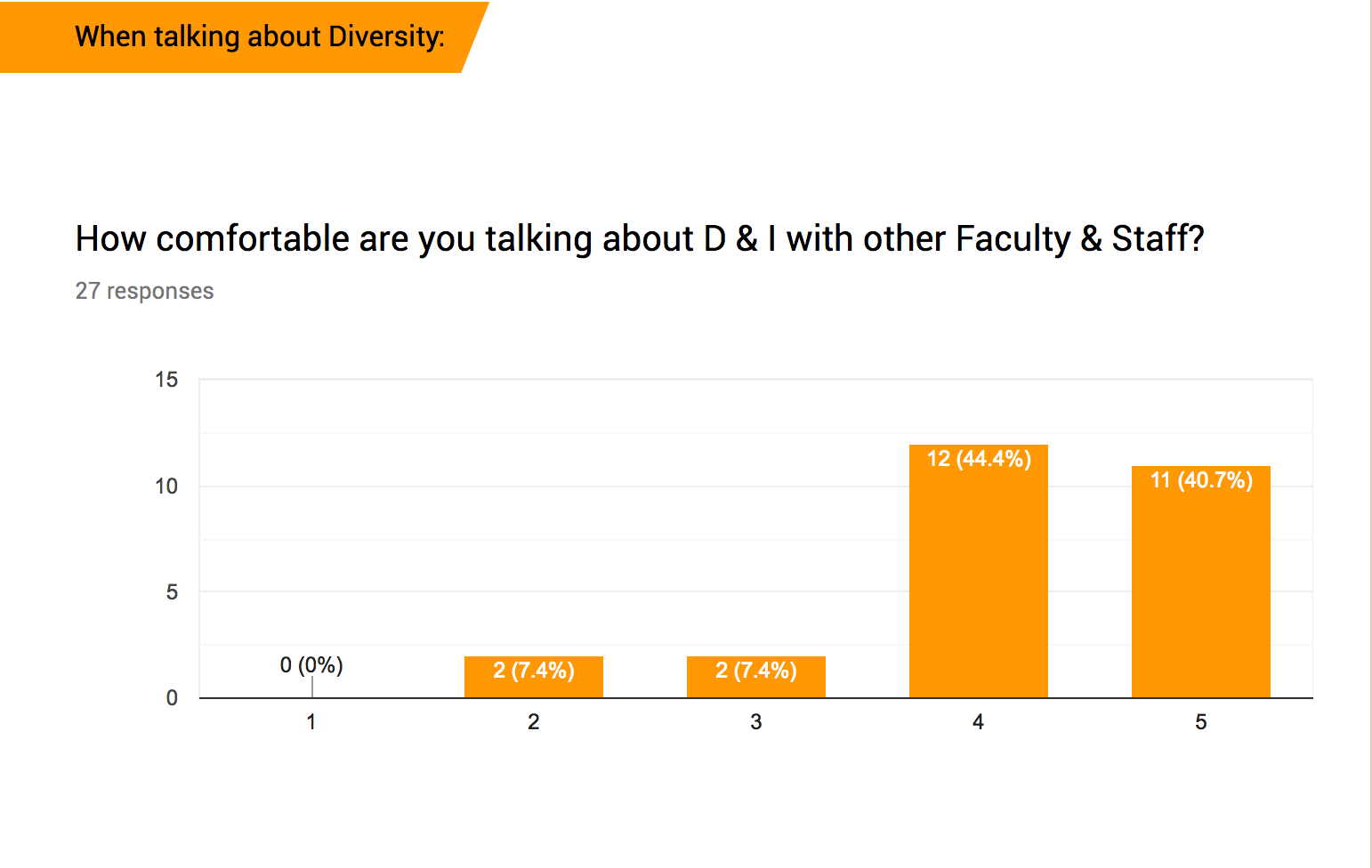
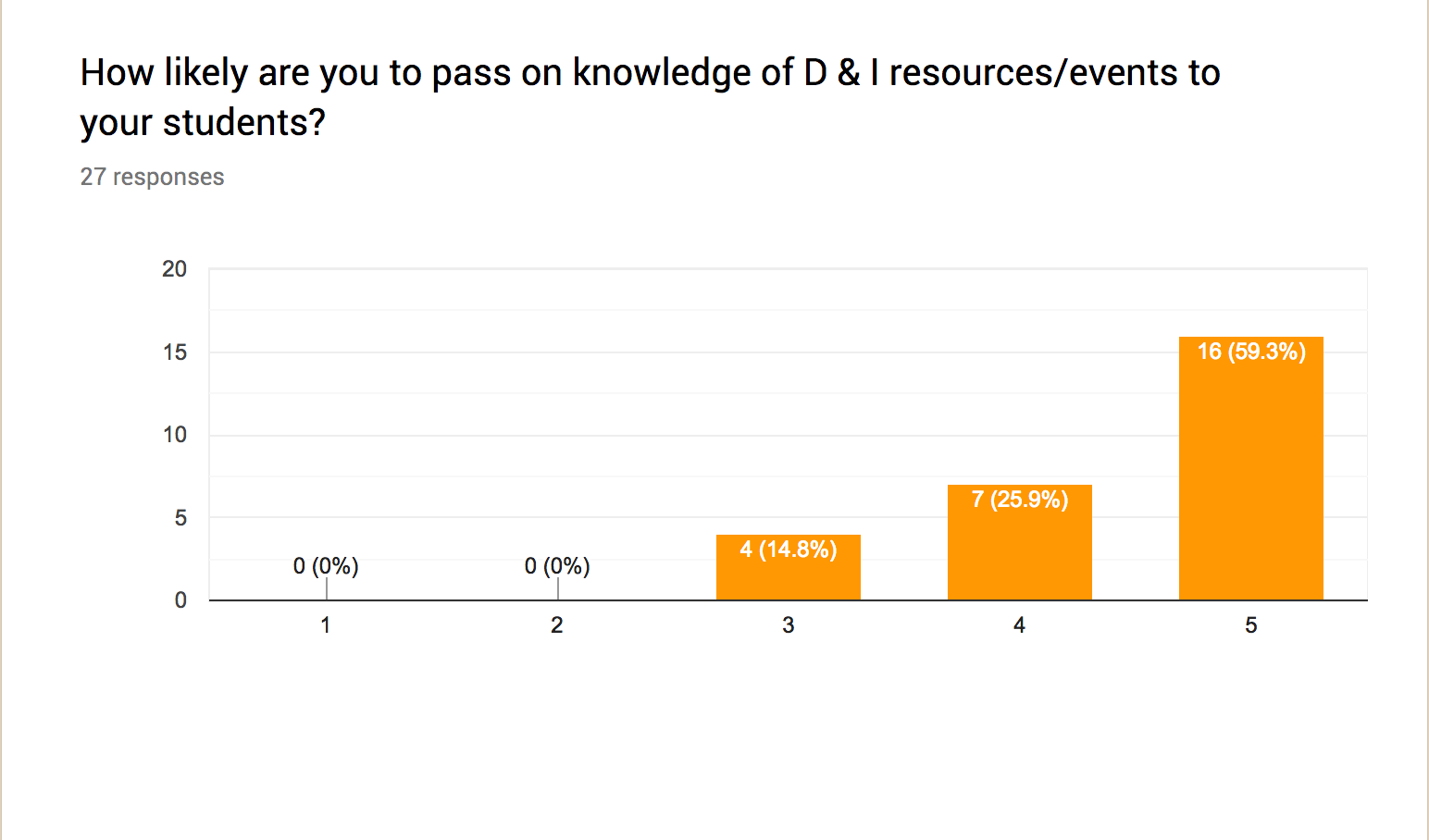
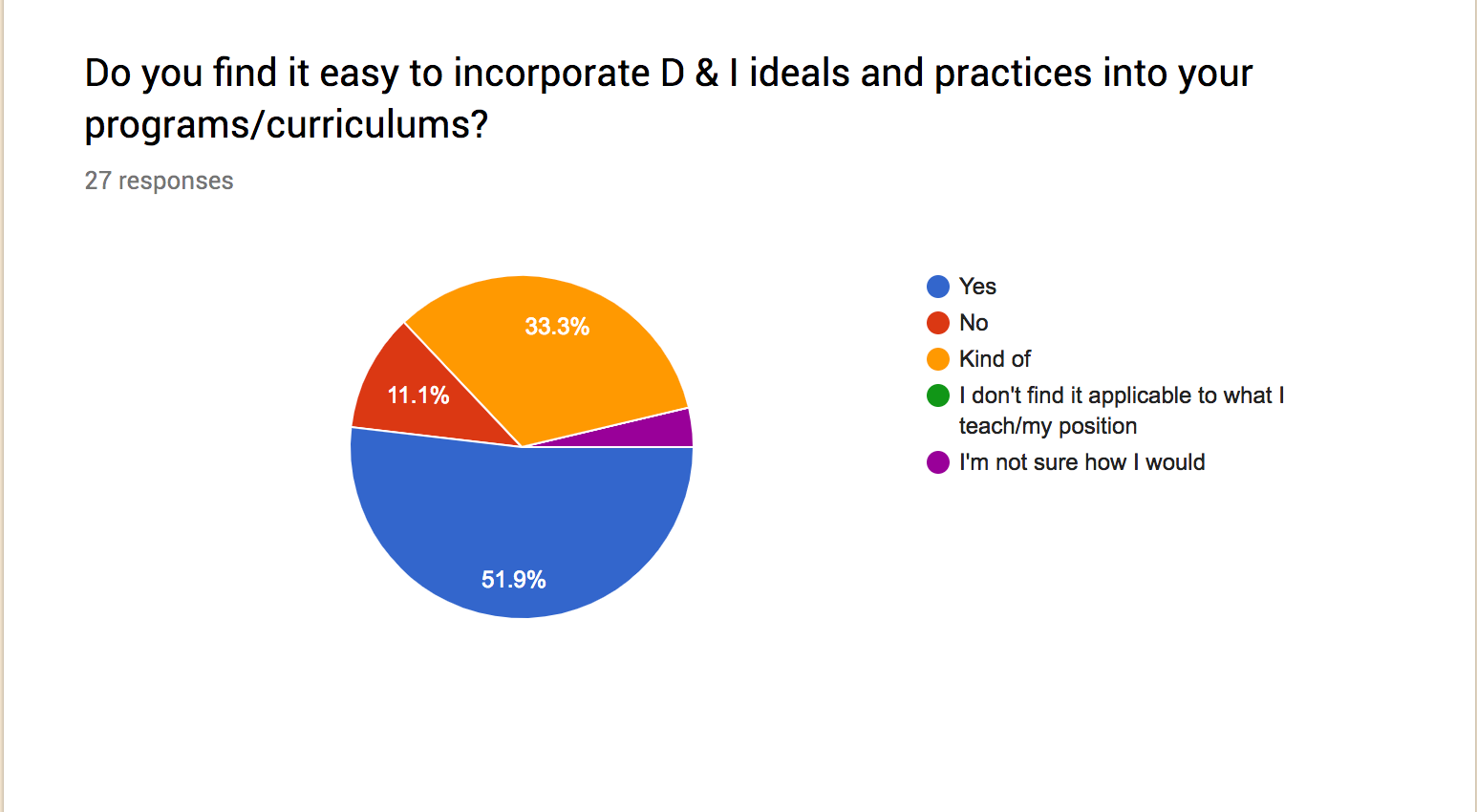
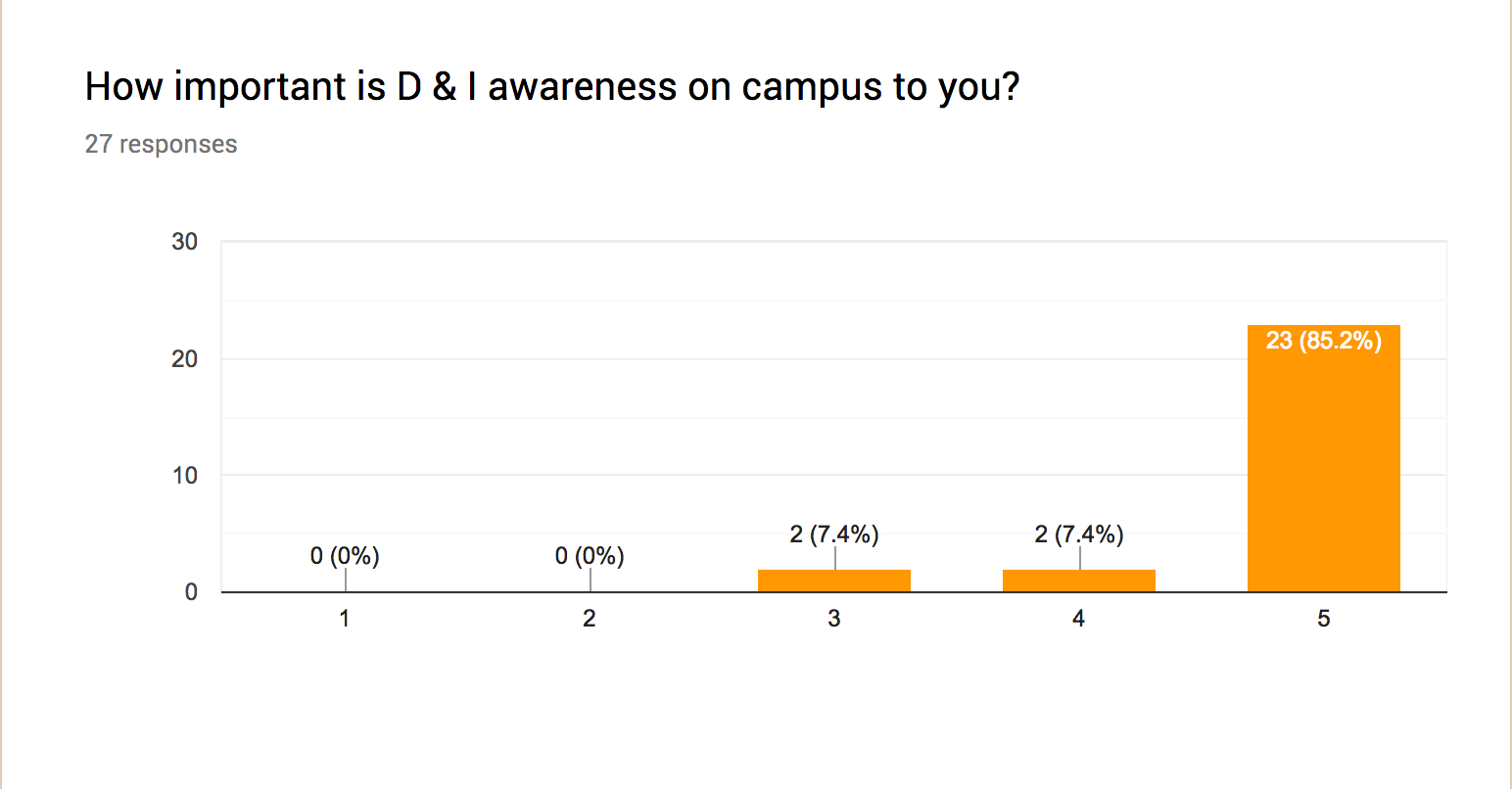

Method 3
This was a follow-up interview with those who were able to continue to be participants, but who also valued D&I high on a scale of 1 to 5. This also correlated with a high interest in the D&I resources like the training programs and workshops. We discussed the top barriers that prevented them from attending them and dissected the biggest one with the IDEO Method of the Five Whys.
This was a follow-up interview with those who were able to continue to be participants, but who also valued D&I high on a scale of 1 to 5. This also correlated with a high interest in the D&I resources like the training programs and workshops. We discussed the top barriers that prevented them from attending them and dissected the biggest one with the IDEO Method of the Five Whys.
